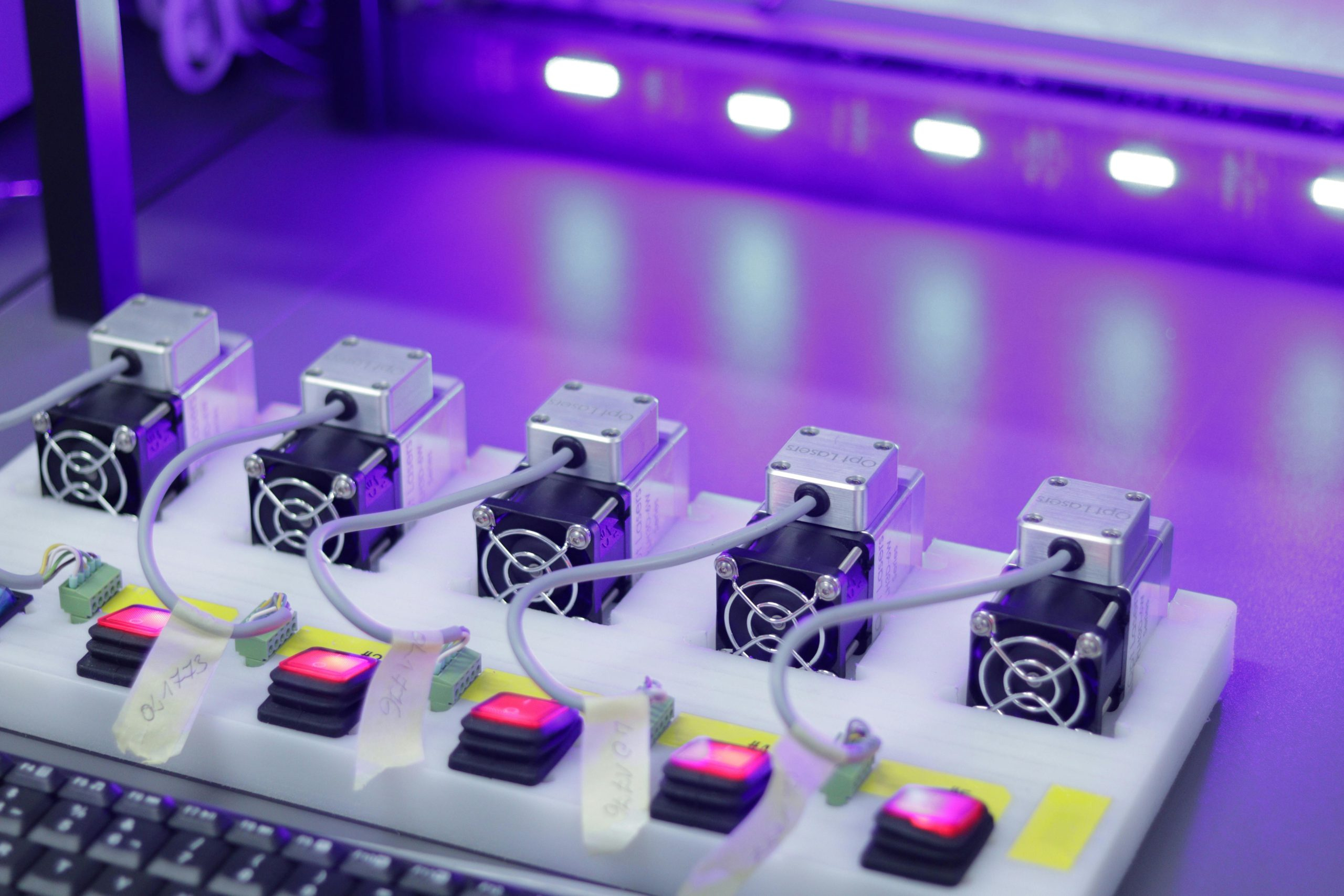Innovations in Car Lighting: LED, Laser, and Adaptive Systems
When it comes to driving, safety is a top priority for both drivers and car manufacturers. As technology continues to advance, car lighting has undergone numerous innovations to enhance visibility and improve safety on the road. In recent years, the use of LED, laser, and adaptive lighting systems has revolutionized the way we see and drive at night.
The Rise of LED Lighting in Cars
LED (light-emitting diode) technology has been around for decades, but it wasn’t until recently that it became a popular choice for car lighting. LED lights use a semiconductor method to generate light, making them more energy-efficient and durable compared to traditional halogen or incandescent bulbs.
The use of LED lighting in cars has a number of advantages. These lights are brighter and more focused, providing better visibility for drivers. LED headlights also have a longer lifespan, making them a cost-effective option for car manufacturers. In addition, LED lights are available in a wide range of colors, allowing for more customization options for car owners.
Improved Safety with Laser Lighting
Another innovative technology that has been making waves in the world of car lighting is laser technology. Although still relatively new, laser lights are being used in high-end luxury cars, such as Audi and BMW. These lights use a laser diode to produce a beam of light that is brighter and more energy-efficient compared to LED lights.
One of the major advantages of laser lighting is its ability to provide a wider and longer beam of light, resulting in increased visibility for drivers. This is particularly beneficial for driving in adverse weather conditions, such as heavy rain or fog. Laser lights also have a longer lifespan than LED lights, eliminating the need for frequent replacements.
The Evolution of Adaptive Headlights
Adaptive headlights have been around for a few years now and have become a standard feature in many cars. These headlights are designed to automatically adjust their beam patterns and intensity based on the driving conditions, such as speed, steering angle, and weather conditions.
One of the main benefits of adaptive headlights is that they help reduce glare for oncoming drivers. These lights are also able to illuminate the road ahead more effectively, providing better visibility and reducing the risk of accidents. Additionally, adaptive headlights can also adjust their direction, allowing for better lighting around curves and corners.
Innovations in Smart Lighting Systems
As technology advances, car lighting is becoming more intelligent and efficient. Smart lighting systems use a combination of LED, laser, and adaptive lighting technologies to provide the best possible lighting for drivers. These systems can automatically switch between different lighting modes, depending on the driving conditions, to optimize visibility and safety.
Smart lighting systems also have the ability to communicate with other sensors in the car, such as cameras and radars, to further improve safety. For example, if a camera detects a potential hazard on the road, the smart lighting system can adjust the beam pattern to better illuminate the area and alert the driver of the danger.
Conclusion
Innovations in car lighting have come a long way in improving safety and visibility on the road. LED, laser, and adaptive systems have all played a significant role in revolutionizing car lighting and making driving at night safer and more efficient. With the continuous advancements in technology, we can expect to see even more innovations in car lighting in the near future.









